A fourth century ‘culture war’ shows we’re not as divided as we think
Why does society feel so polarised when there is evidence to suggest this is not the case? Ryan Gilfeather explains
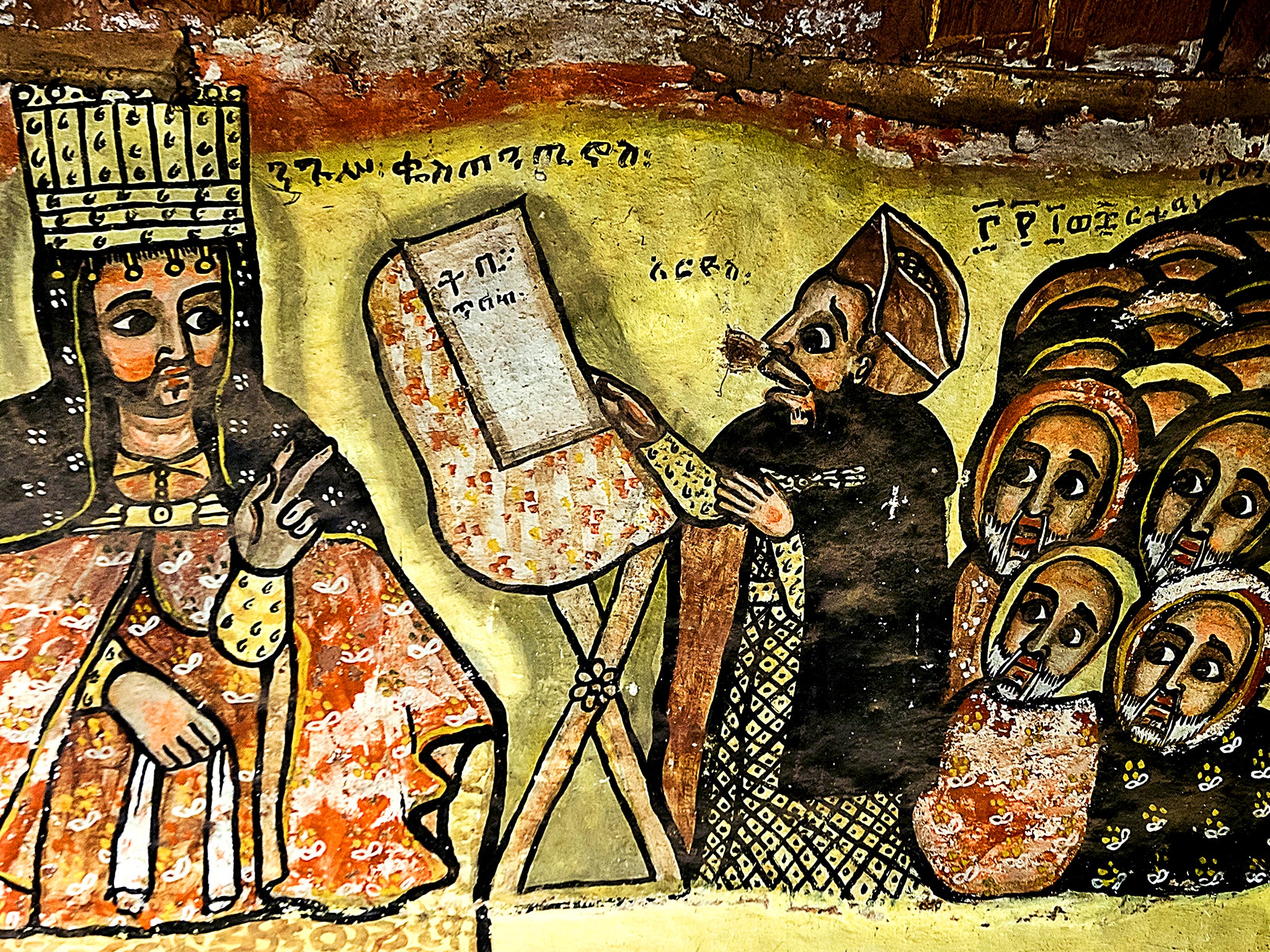
A large crowd gathers, seething with anger over the ignorant and harmful ideas of their opponents. They want to stamp out the power of the old regime for the good of the world. The group comes upon a statue honouring the outdated ideologies they have come to hate and tears it to the ground, shattering it to pieces.
This scene may sound familiar. So much like the demise of the Edward Colston statue in Bristol in 2020 and the Capitol riots in Washington DC. But I’m actually describing episodes from the eastern Roman Empire in the late fourth and early fifth century AD. Imagine zealous Christian monks tearing down statues of Greek gods, such as Artemis or Zeus, rather than anti-racism protesters or Maga fanatics.
It happened in a world dominated by the far-reaching Roman Empire, in which only elite men could receive an education and hold positions of influence, while ordinary people lived as craftsmen, traders and farmers or cared for their children. The previous century had been marked by plague and famine, but people in this time lived in relative safety. Very few read, so almost all went to listen to speeches on street corners, the public square and from the pulpit as a source of entertainment and learning. It was a very different time.
Nevertheless, I was reminded of this scene in 2020 when anti-racism protests, in the wake of the murder of George Floyd, led to the toppling of statues around the world. I research the history and philosophy of Christianity in the fourth century and I focus, in particular, on a certain bishop named Gregory of Nyssa. Gregory wrote many ornate theological texts which advanced what it meant to be a Christian and helped people to live better lives.
Alongside sermons and treatises, Gregory also wrote biographies of certain holy people. He did this because he thought these stories could influence people to believe and act in accordance with his vision of Christianity. Why did Gregory think biographies could influence people in this way. How did the rhetoric make them feel and what did that teach them, and how do feelings and knowledge change what people believe and do.
I find this area fascinating because today we are starting to come to terms with the fact that all media shapes our beliefs and actions. So Gregory offers us a useful way to think about how it does this. And a crucial part of my research has been coming to understand what society was like and what people believed in order to grasp the ideas and actions of ordinary people. I discovered that there is a really significant parallel between then and now. Namely, the fourth century seemed to be divided by a bitter culture war. But a closer look revealed that this “war” was overstated – just as I believe it is now.
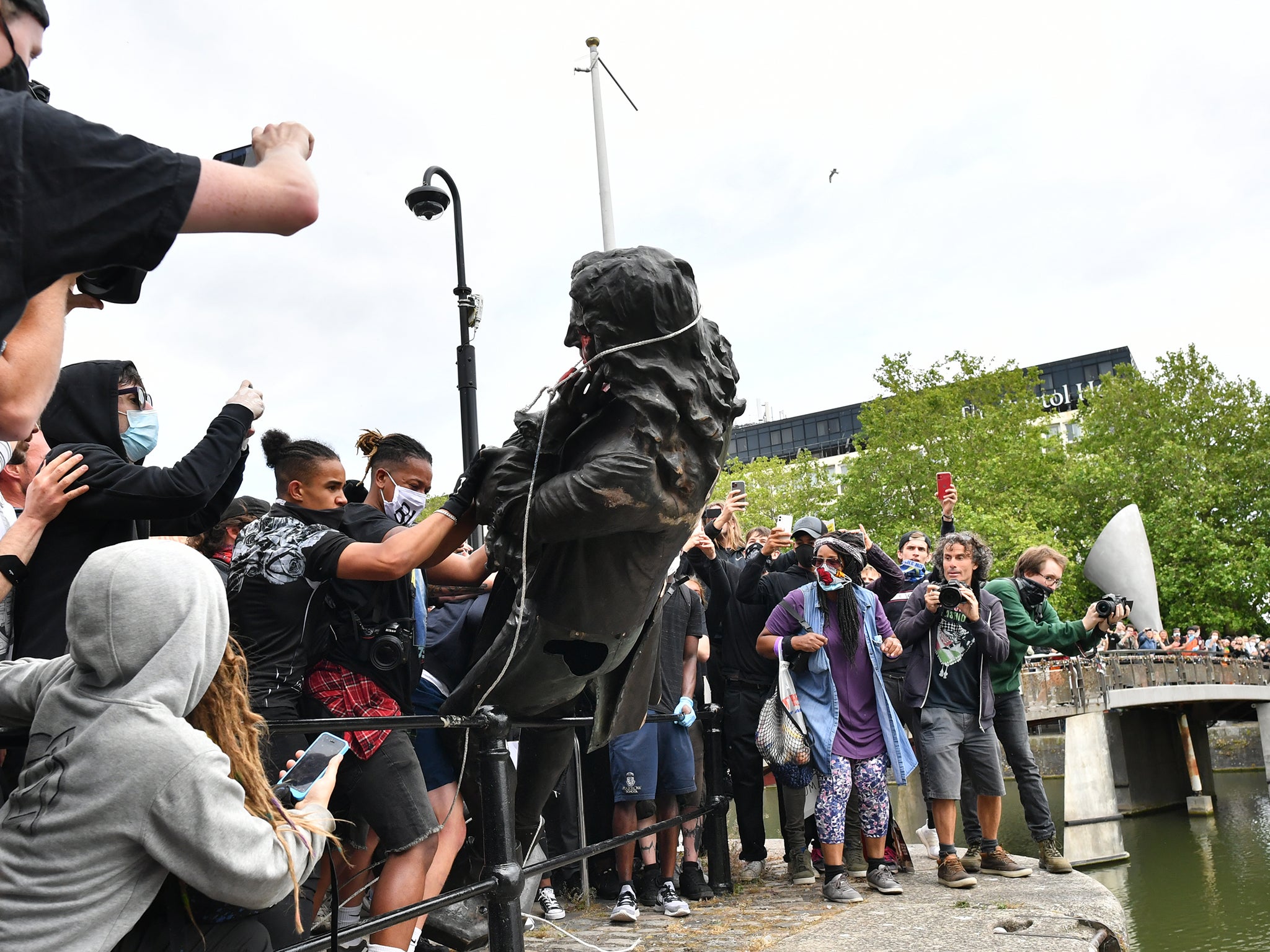
This parallel isn’t just a quirk of history. It’s genuinely insightful for us today because it helps answer a particularly pressing question: why does society feel so polarised – as if on every issue we’re divided into two warring factions – when there is evidence which suggests that is not the case? It seems that the misperception that society is incredibly polarised comes from those who shout the loudest.
Social media has helped amplify divisive voices, with the far right and the far left of the political spectrum using their reach to spread misinformation and sow the seeds of division. This all happened in the fourth century too. But instead of Twitter and YouTube, each side of the divide used letters, sermons and speeches to spread their distorted version of reality. So what was dividing Rome all those centuries ago?
Christianity is legalised
Until the beginning of the fourth century, the official religion of the empire had been the worship of the traditional Greek and Roman gods such as Zeus and Athena. These gods were worshipped through sacrifices and public ceremonies. Then, in 313, Emperor Constantine decreed that Christians were free to worship whichever gods they pleased and Christianity finally became legal.
Clearly, a significant portion of society did not observe the strict boundaries around what it meant to be a Christian or a pagan, which the fanatics tried to set up
This meant that Christians did not have to carry on hiding in the margins of society, as they had once done. They quickly rose to prominence. First, Constantine converted to Christianity, then almost every successive emperor kept the Christian faith. Bishops began to play crucial roles in local power structures, churches popped up everywhere, and by the end of that century the emperor Theodosius I introduced laws outlawing the worship of those old Greek and Roman gods. The fourth century was a time of enormous cultural change as one dominant ideology gave way to another. Rome was moving from paganism to Christianity.
For a long time there was a widespread historical view that this century was a time of bitter conflict between pagans and Christians. Scholars believed there had been a culture war for a number of reasons and one of the most important was that they read the extreme voices as if they represented the reality of the age.
Then, slowly, historians began to investigate what ordinary people thought. They saw that most in society were much more moderate in their religious beliefs and found a great deal in common with the “other side”. But who were the extremists dividing Rome at the time?
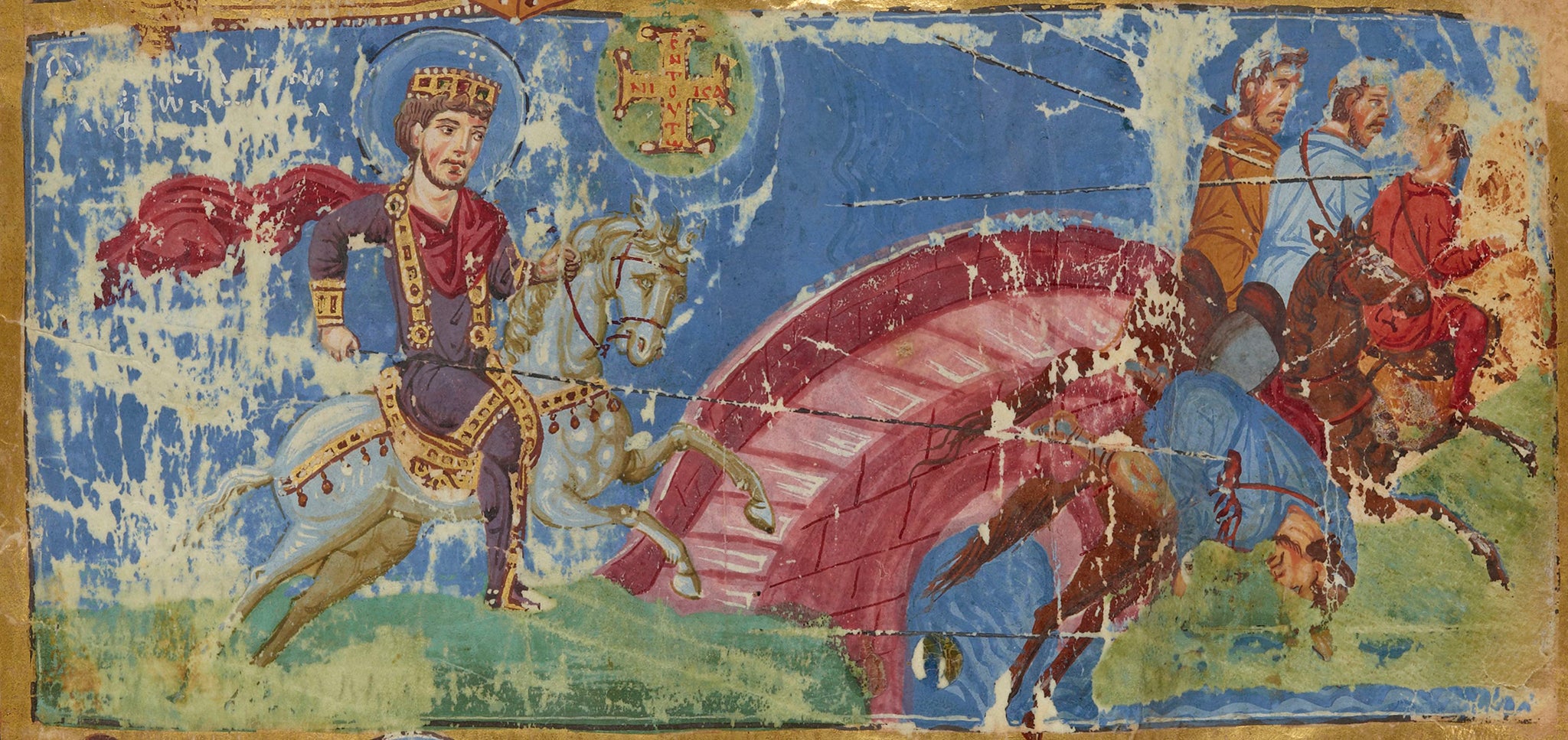
The fanatic monk
The fourth century was a moment about which the adage “history is written by the victors” is certainly true. There are a great many examples of Christian authors who paint a deceptive picture of the ideological landscape of their time.
John Chrysostom is a particularly useful example. Chrysostom was born in Antioch (which is now in Turkey) with every advantage. His father ranked highly in the military and Chrysostom received the finest education available under the tutelage of one the most famous teachers in the empire.
Then, once he committed himself to Christianity, he became a monk, living austerely in the desert, scarcely eating or sleeping, until he permanently damaged his body. At which point he moved back to the city, was ordained first as a deacon and then a priest and began to preach to his congregation.
Through his sermons, Chrysostom constantly defined what it meant to be a “true Christian” and what it meant to be pagan. One of his rhetorical strategies was the creation of a false choice: making his audience choose between either his strict beliefs or being a pagan. We could compare Chrysostom here to statements in the culture war today. For example, “you are not truly anti-racist if you are pro-capitalism”.
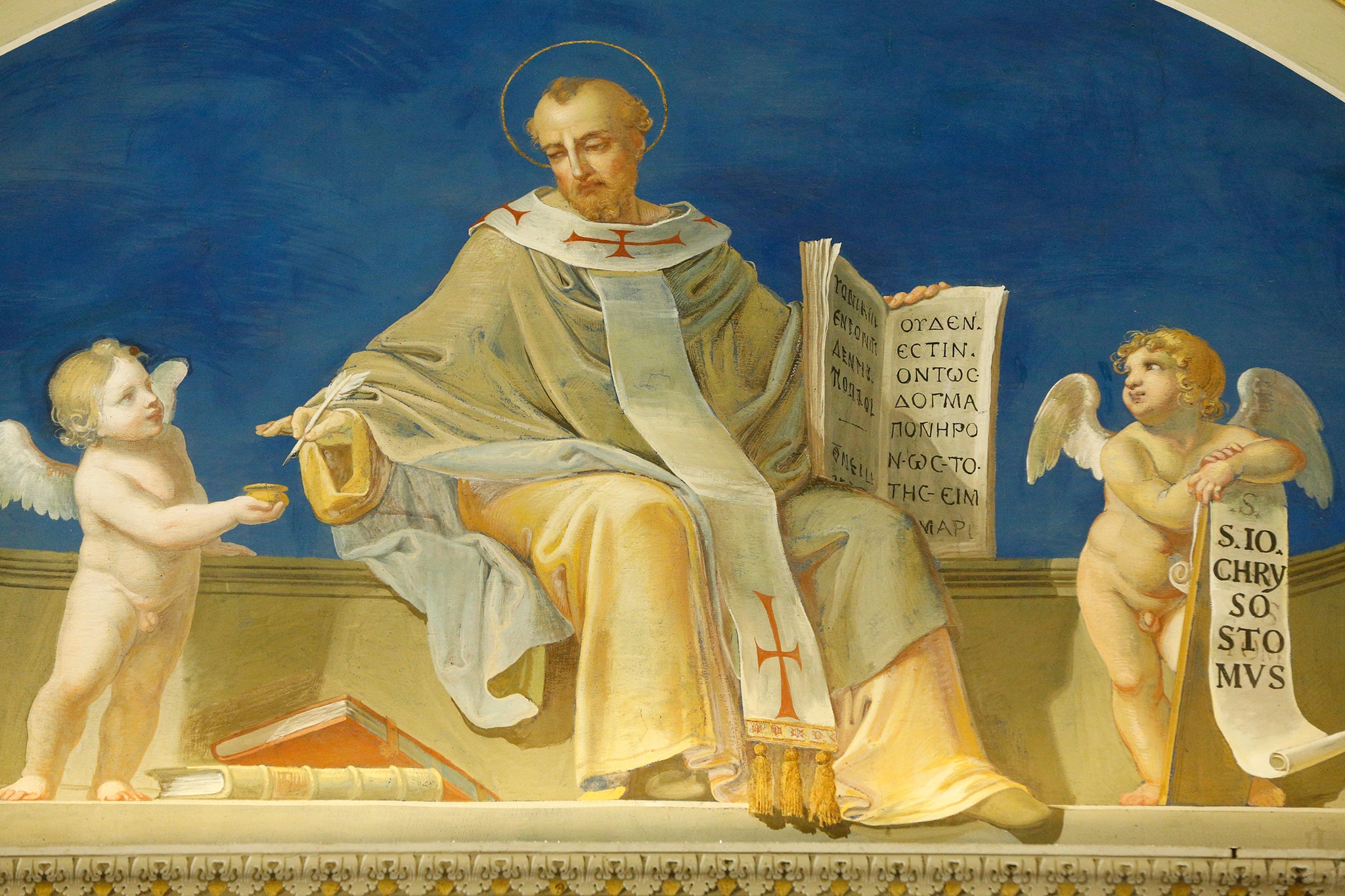
Chrysostom never left any middle ground. This gave the sense that “true Christianity” was a very narrow path and also that it had absolutely nothing in common with paganism.
Throughout his works he says that being a Christian means that a person adheres to a strict set of beliefs about god. For example, good Christians had to live “a holy life” which meant, among many other things, not going to the theatre, because men might lust after the women singing and dancing on stage and neglect their families. Christians also had to give charitably to the poor and not use magical objects and spells. If a person was to step outside of these boundaries in any way then they were not a Christian – at least according to Chrysostom’s rhetoric. For example, in Instructions to Catechumens he strictly forbids any Christian from wearing an amulet to keep them safe from illness – as was the pagan practice at the time – saying:
And what is one to say about them who use charms and amulets, and encircle their heads and feet with golden coins of Alexander of Macedon. Are these our hopes, tell me, that after the cross and death of our Master, we should place our hopes of salvation on an image of a Greek king?… Thou dost not only have amulets always with you, but incantations bringing drunken and half-witted old women into your house…
During the course of this moral command he draws an implicit comparison with the pagans through the figure of an old woman. Historians have suggested that this woman was casting some kind of spell over a talisman of Alexander the Great while uttering spells which call upon the Christian god. Chrysostom then says in no uncertain terms that she is not a Christian because they do not use amulets. Instead, he goes on to imply that this woman is a pagan by comparing her to a demon, as he characterises pagan worship as demonic:
I especially hate and turn away from her, because she makes use of the name of god, with a view to ribaldry. For even the demons uttered the name of god, but still they were demons.
In this way, he sets up a false choice between two completely distinct and polarised options: be a Christian and don’t use amulets or be a pagan and do. There is no middle ground.
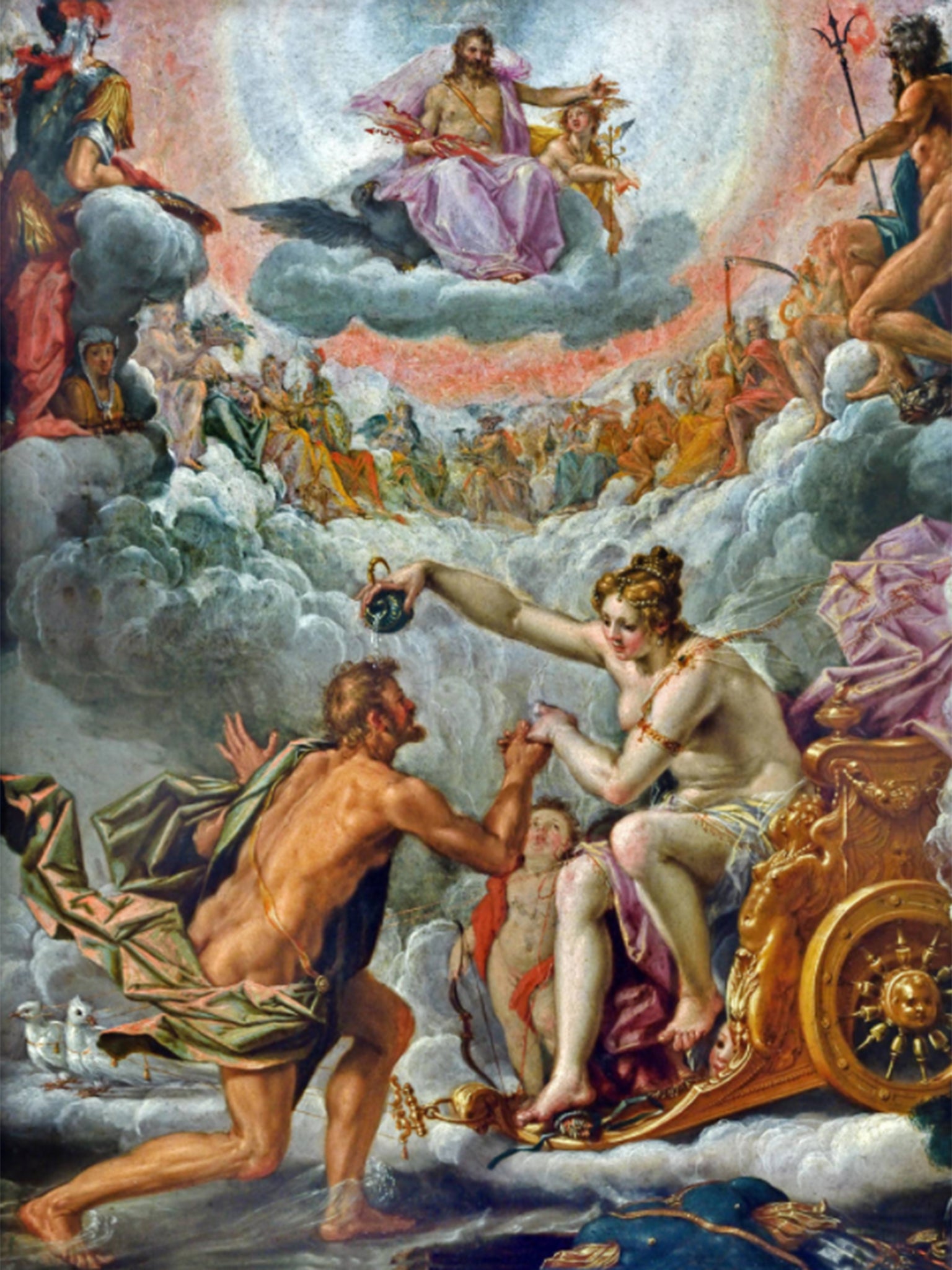
The fanatic pagan
But Christians were not the only ones ramping up the rhetoric. Pagans did it too. Emperor Julian the Apostate is one of the few pagan figures from that time whose texts survive in the historical record. Born in 331, he was the nephew of Emperor Constantine, who made Christianity legal in 313, and was brought up in the Christian faith but converted to paganism as a young adult.
He continued his philosophical education and eventually became emperor in 361. But he died on a battlefield just 20 months later, after an unsuccessful attempt to invade Persia, seeking military glory. He is most famous for being the last pagan emperor.
During his short reign he tried to dislodge Christianity as the dominant religion of the empire. He attacked Christian ideology, incited power struggles within the church, openly preferred pagans for high office, expelled Christians from the army and banned them from teaching. He also tried to restore paganism to its previous station by restoring bloody animal sacrifices and the temples to the heart of public life and reforming the priesthood.
In particular, Emperor Julian tried to promote a very specific understanding of the ancient Greek literature, such as Homer and Plato. He believed that they revealed knowledge about the gods rather than simply being fine literary works and so he laid claim to them as belonging to pagans and insisted that “true Pagans” should venerate the gods as they are presented in these ancient texts. In this way he set forward a very particular vision for paganism. Importantly, he also drew a very sharp comparison to Christians and defined their relationship to these ancient texts in very uncharitable ways. In an edict banning Christian teachers from teaching these Greek texts, he said:
When a man thinks one thing and teaches his pupils another, in my opinion he fails to educate exactly in proportion as he fails to be an honest man…But if in matters of the greatest importance a man has certain opinions and teaches the contrary, what is that but the conduct of hucksters, and not honest but thoroughly dissolute men in that they praise most highly the things that they believe to be most worthless…
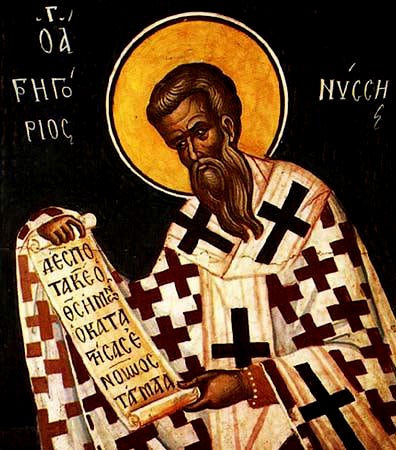
Emperor Julian defines the Christian relationship with ancient Greek literature in a very narrow way, saying that they think that these texts are worthless, when in fact, a Christian might not have thought of them as divine texts but still would have seen their enormous value as literary objects. Julian allows no room for that nuance or middle way. Instead, he presents two false options: treat these texts as revelations of the gods or see them as useless. He paints a picture which says that pagan and Christian understandings of these Greek texts are completely polarised.
These texts are not isolated examples, but part of an enormous body of Christian and pagan literature which presents these two ideological systems as distinct, with no middle ground. In that wider context, both Chrysostom and Julian tell a very particular story about society – that being a Christian or a pagan involves a very narrow set of beliefs and practices, which are mutually exclusive. The result is a perception that society is split in two halves.
New evidence
But historians have since turned away from this picture. Over the past 50 years lots of different evidence has come to light which shows that this image of society was, in fact, false. The fourth century society was not composed of two warring factions.
In particular, scholars have begun to look to other sources for information about ordinary people’s beliefs and practices. As a result, historians now suggest that everyone who worshipped the Christian god did not follow the same strict set of beliefs and practices as Chrysostom and the same is true of those who sacrificed to the pagan gods.
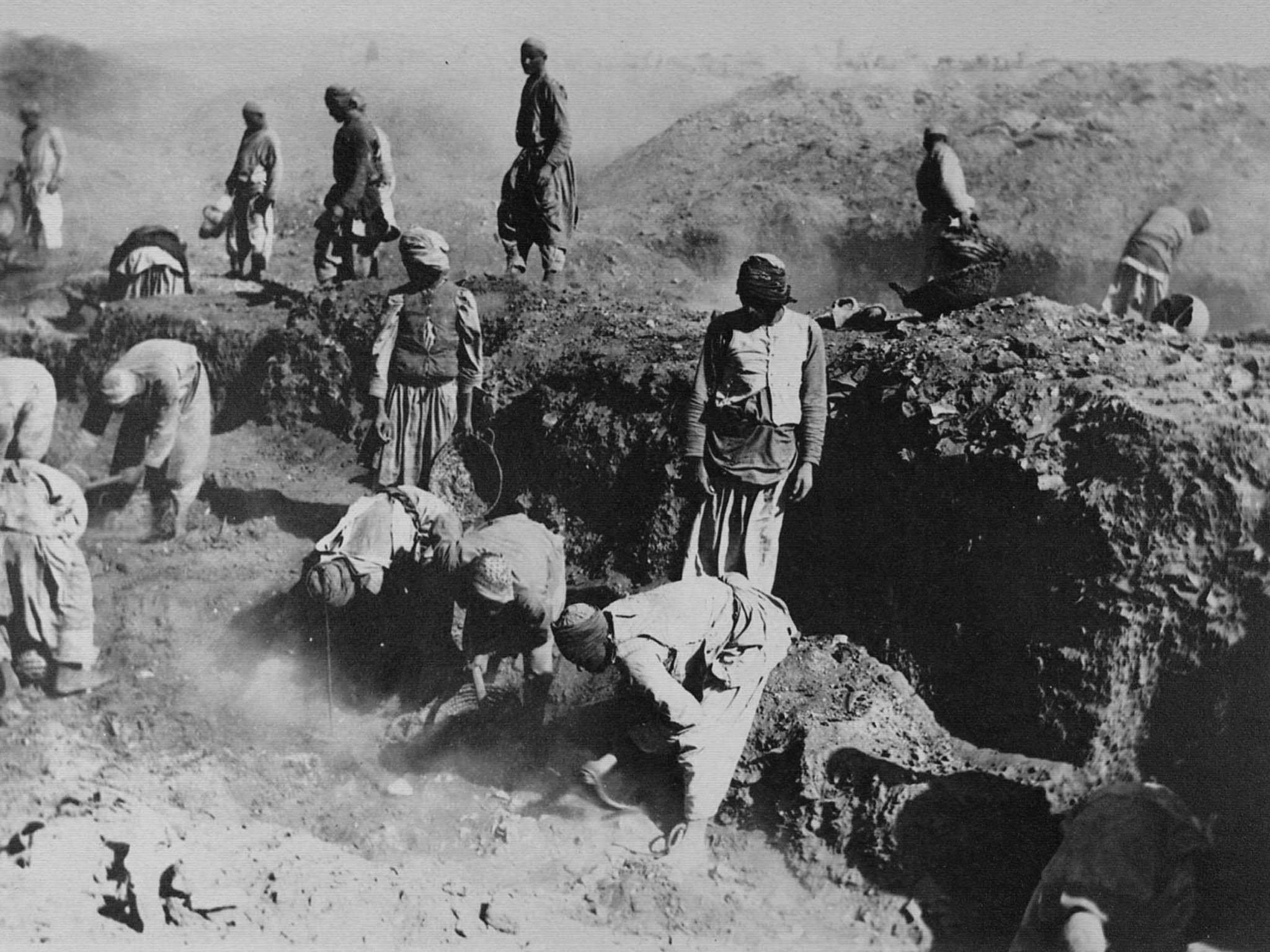
At the turn of the 20th century, two archaeologists, Bernard Grenfell and Arthur Hunt, excavated thousands of papyrus texts from an ancient rubbish heap in Oxyrhynchus, Egypt. Since then scholars have slowly been digitising and translating these texts, finding scraps of ancient books, as well as various discarded documents, such as court records and private letters. In 1999, Marvin Meyer published their translation of Oxyrhynchus Papyrus 1151 – a text which was written roughly at the same time as Chrysostom and paints a very different picture of society.
The papyrus is a magical amulet designed to ward off illness. The owner would have probably bought it from a local priest at a local church or saints shrine. Before handing over the scroll the cleric would read it out-loud, then the owner would then have rolled it up into a small container and worn it around their neck. The idea was that the amulet would ward off illness as the owner wore it. It sounds like the sort of thing that Chrysostom vehemently denounced from his pulpit as unchristian – but the language is Christian. It says:
Lord † Christ, son and word of the living god, the one who healed every disease and every sickness, heal and look upon your female slave Joannia also, to whom Anastasia alias Euphemia gave birth, and expel from her and put to flight every fever-heat and every kind of chill.
This scroll is not an isolated case. Meyer published his translation of Oxyrhynchus Papyrus 1151 alongside hundreds of other Christian magical texts, dozens of which were written during the fourth century. For example, a spell to protect a woman against fever, which closes by calling upon the Christian Triune god (Father, Son and Holy Spirit).

These scrolls are important evidence of a seamless integration of non-Christian magical practice and Christian language. Consequently, they show that not all ordinary Christians, members of the clergy and religious orders followed the same narrow set of behaviours which Chrysostom set out.
Historians have begun to think that this moderate understanding of religious belief and practice was quite widespread, rather than being a few isolated cases. They advance this idea on the basis of the content of early Christian sermons. In the case of magical amulets, the fact that Chrysostom chose to denounce them in his sermon to baptismal candidates shows that many churchgoers used them, otherwise he wouldn’t have considered it a problem worth raising.
I believe that we might be incorrectly perceiving the nature of today’s society for similar reasons, we are misled by the loudest and most extreme voices as they define what it means to be left or right wing
Sermons also show us that ordinary worshippers regularly practised a whole range of activities which the fanatics denounced. A great number of Christians observed pagan religious customs and vice versa. Christians observed pagan festivals and attended lectures about pagan gods. Clearly, a significant portion of society did not observe the strict boundaries around what it meant to be a Christian or a pagan, which the fanatics tried to set up.
These pieces of evidence are significant because they show that there is a certain disconnect between the story which Chrysostom and Julian tell about what it means to be Christian or pagan and the reality of what individual people actually believed. This evidence does not invalidate the ideas which Chrysostom had about Christianity or Julian about pagan philosophy, but it does reveal that they were the ideas of extreme voices on the margin rather than representative of half of society. It also shows us that historians initially let these extreme figures tell the story rather than looking at what ordinary people believed.
Here and now
And so back to today. It feels like the world is polarised between two groups who have nothing in common. But in reality there are a broad range of beliefs and values and these extreme voices only represent a small proportion of people. The same dynamics, which make society feel more polarised, are at play now, just as they were 1600 years ago.
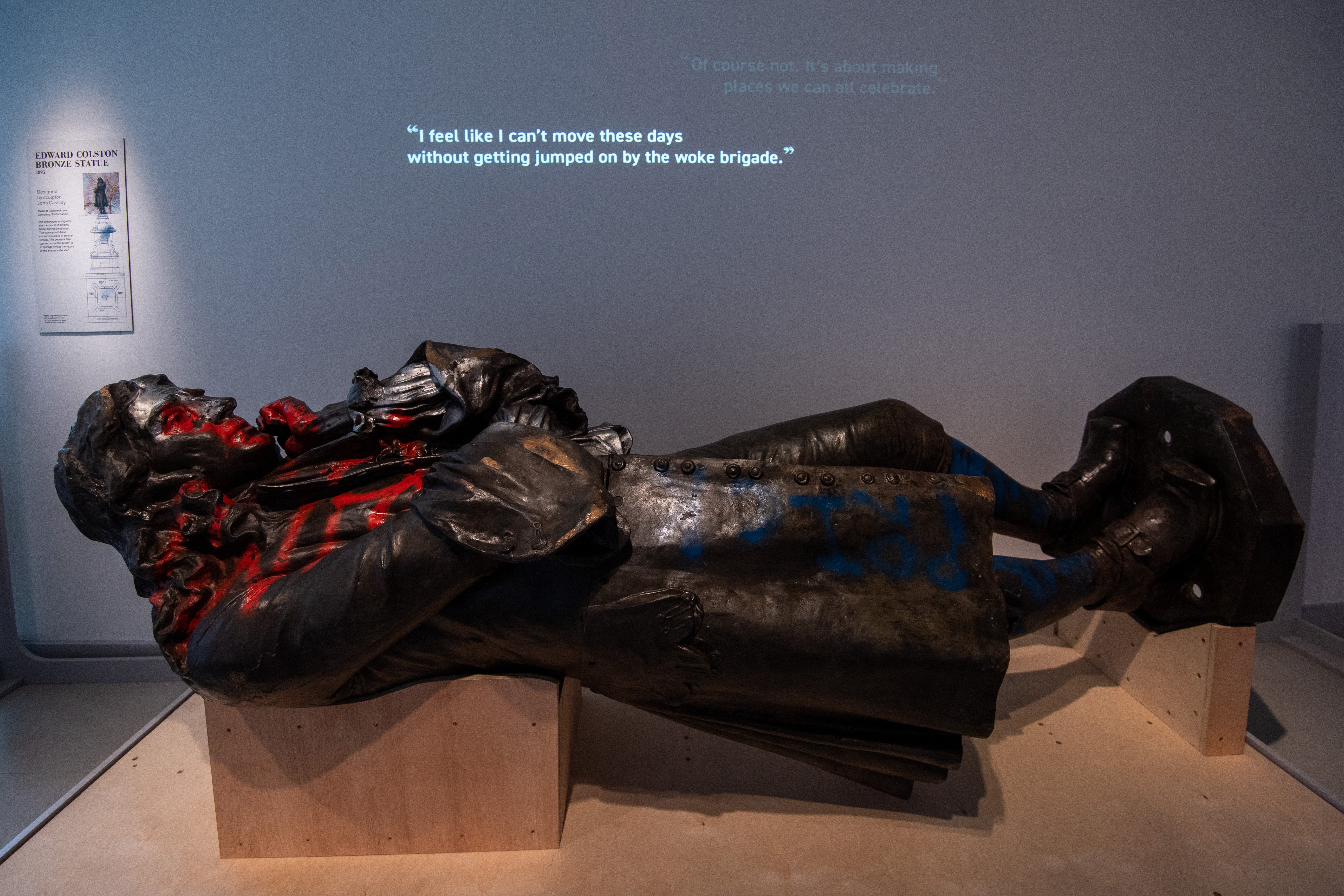
I believe that we might be incorrectly perceiving the nature of today’s society for similar reasons, we are misled by the loudest and most extreme voices as they define what it means to be left or right wing, rather than falling back on the data about what people actually believe.
For example, the international research group More in Common released Britain’s Choice which they described as one of the largest ever national studies of the UK’s social psychology. Their findings show that the country is not divided between two opposing groups but rather, is composed of seven different kinds of people, each with their own distinctive values and beliefs.
There are two groups who are particularly politically active and agree on little – “progressive activists” and “backbone conservatives”. But they only make up a small proportion of society (13 per cent and 15 per cent respectively). Importantly, each of these groups share many values and there are even some priorities which they all share, such as having pride in the NHS and being happy about advances in gender equality. The takeaway is that the UK, and society in general, is not divided into two sides of a culture war.
If people want to find out what society is actually like – rather than how it feels – they should stop letting the extreme voices tell the story and listen to ordinary people. Then, we might actually see the country for what it is: a complicated place in which many are divided – but also a haven for people to come together and bond over the things they have in common.
Ryan Gilfeather is a PhD candidate in divinity at the University of Cambridge. This article first appeared on The Conversation.
Join our commenting forum
Join thought-provoking conversations, follow other Independent readers and see their replies
Comments



Bookmark popover
Removed from bookmarks